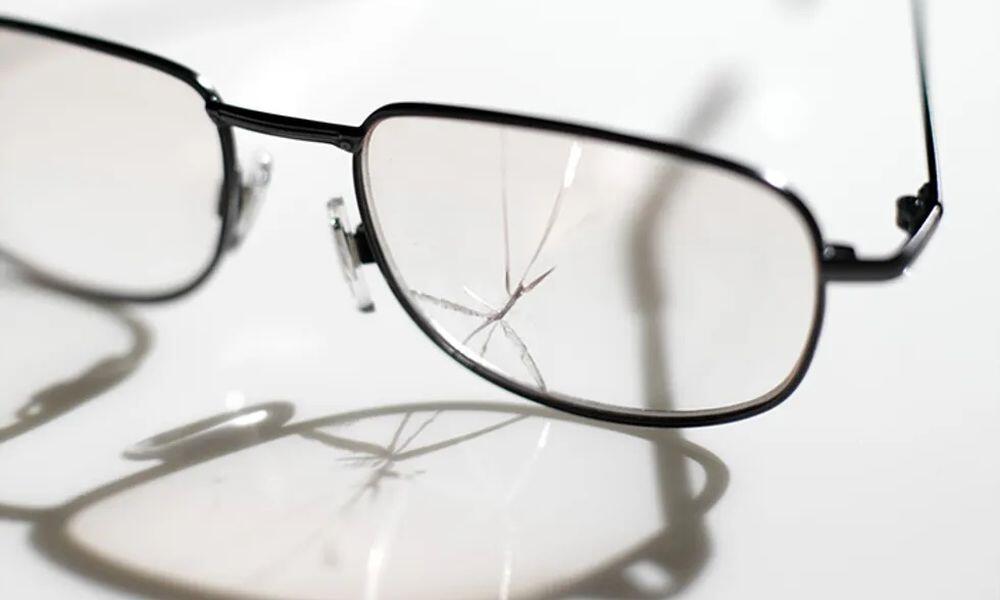
Can scratched lenses be repaired? What could have caused the damage and what can be done about it?

This is clearly a cost-effective solution as, even if the frame is not new, the lens can be replaced with a new, up-to-date diopter. The first step is for us to check the condition of our used frames.
For a plastic frame, for example, it is important that it is not oxidised. If the plastic is whitening somewhere, this is an indication of this. An older frame may not be able to withstand the heating, machining and insertion of a new lens. In addition, hairline cracks or hairline fractures are not visible inside the frame. These all tend to show up during machining. The plastic frame must be heated before it can be machined. After that, the frame may break when the lens is popped out, if there is any internal damage. This does not happen in the vast majority of cases, but it is good to be aware of it.
It is a very good decision to use your old frame as a spare pair of glasses. It is clearly an advantage for the customer not to have to invest in a new frame for the spare pair of glasses, but still have a good diopter, a new lens and a pair of glasses that are ready to wear. This can be either a spare pair of reading or driving glasses. And an old frame in good condition will not go to waste. In addition, of course, if the lens is scratched, the customer may decide to order a new lens for the frame in question, provided that the replacement is not under warranty.